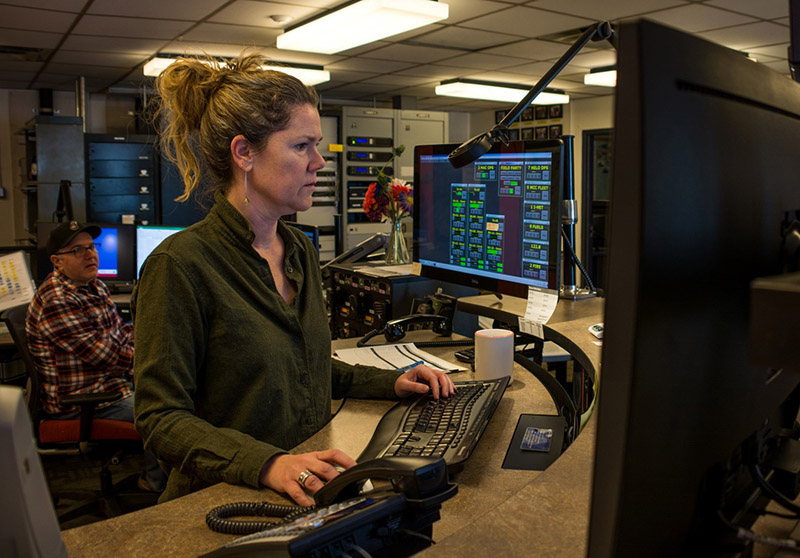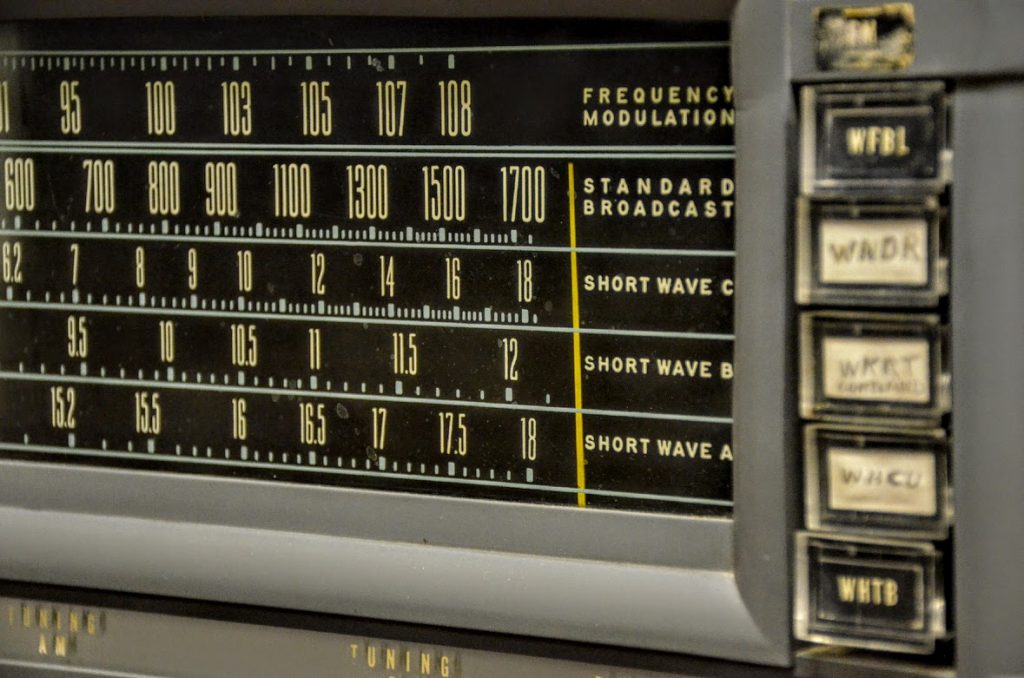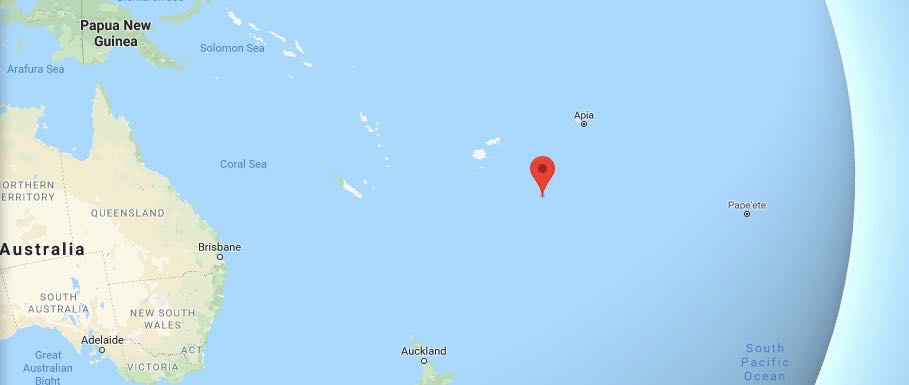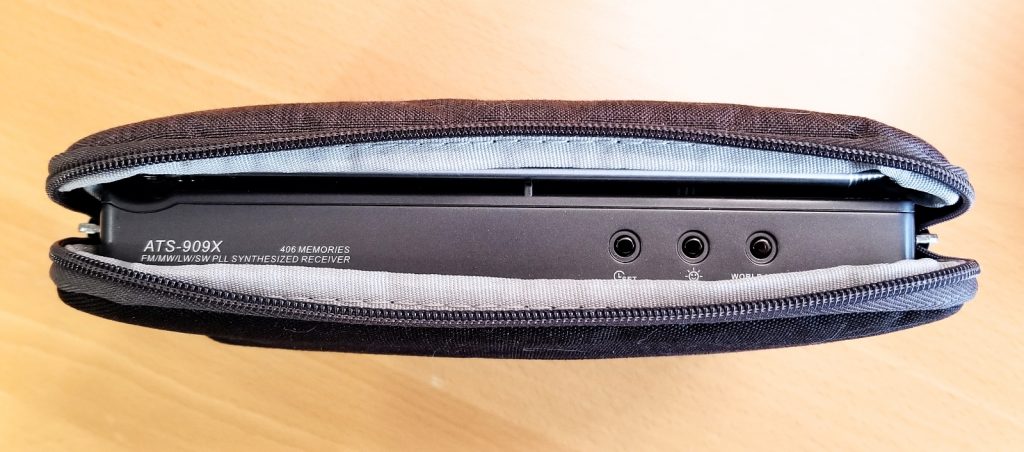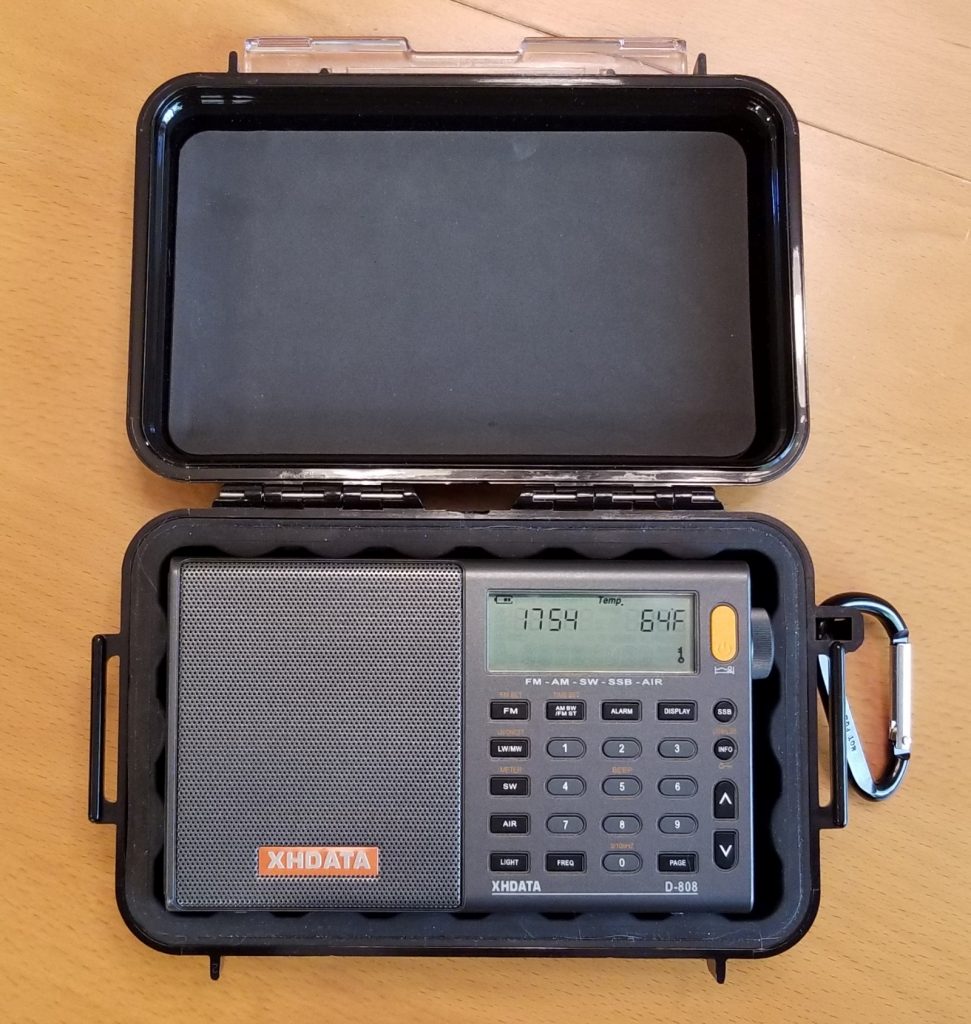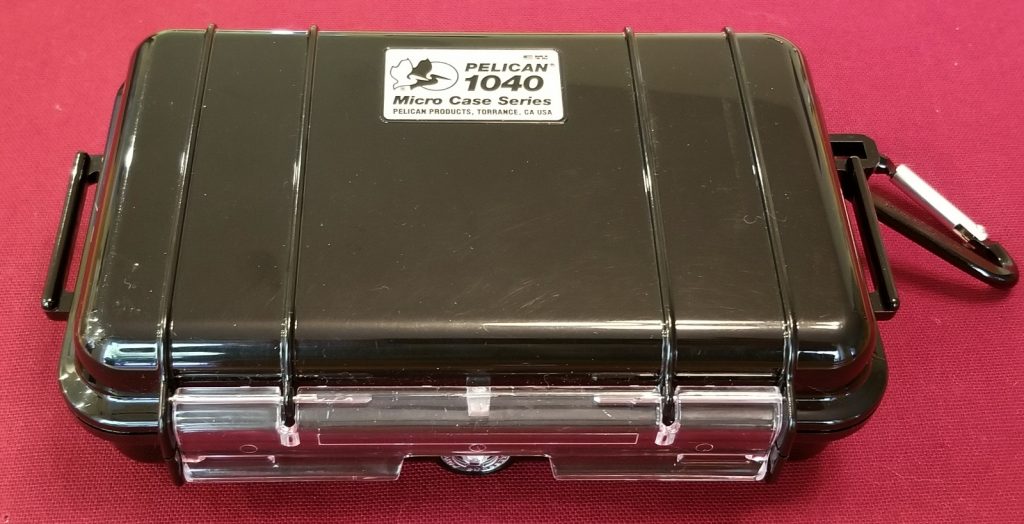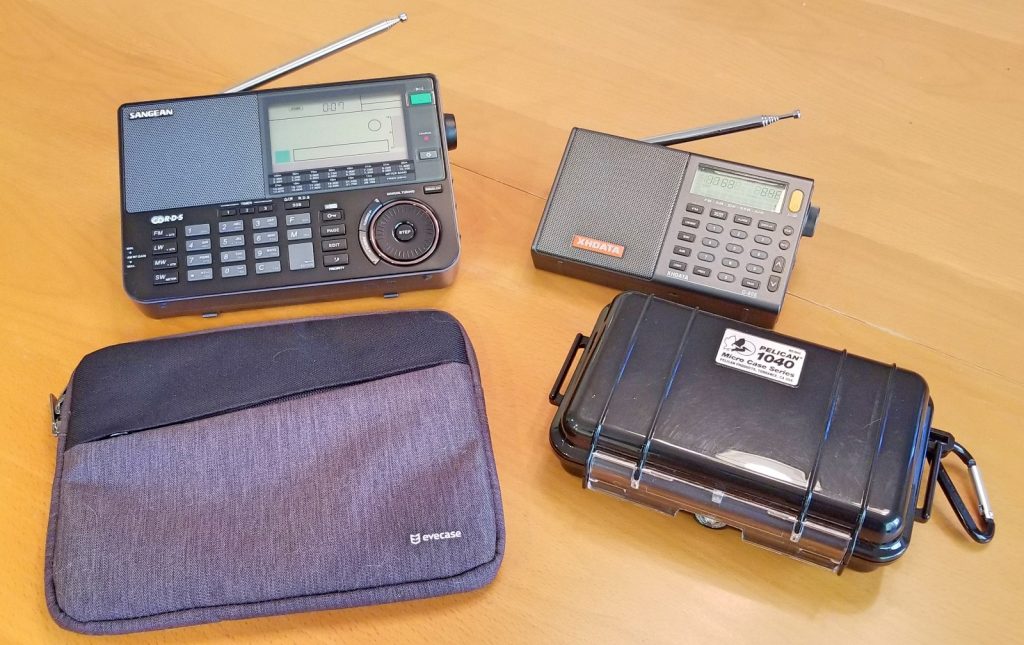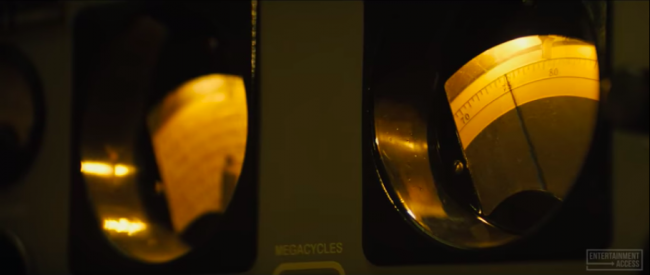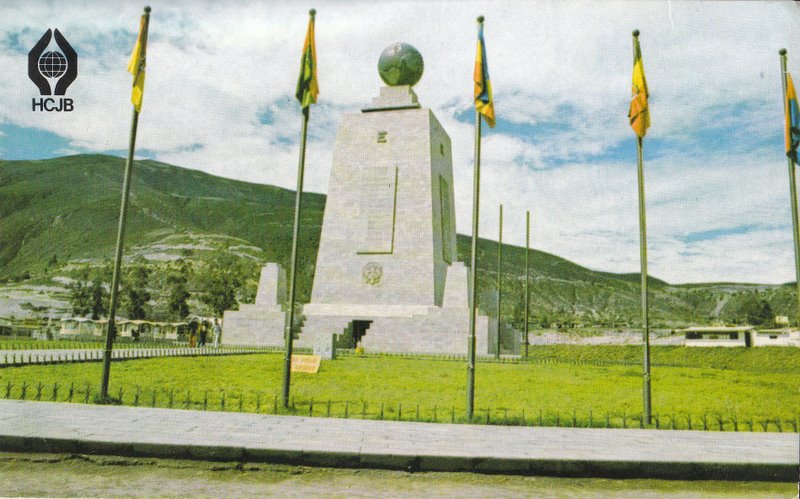Many thanks to SWLing Post contributor, Justin Moore (KE8COY), who shares the following:
[T]here is an interesting podcast] that I’m sure you would like as well as anyone with an interest in radio might enjoy, especially in this weather.
It’s the Antarctic Sun podcast and this episode is about the communications staff at McMurdo Station, the MacOps department, and the things they do to stay in touch with scientists, researchers, and workers in the field, using their radio communications skills to keep everyone safe.
Listening to this is great while there is still snow on the ground, as there is up here in Cincinnati, and may be a bit of inspiration for ham radio folks who participate in Winter Field Day.
My favorite part is when they talk about using HF to sing Christmas carols to each other at the different Antarctic camps and stations.
[Here’s the description of the episode:]
Communications operator Rebecca Ricards (foreground) calls up field camp information at the MacOps control console. Josh Young looks on. (Source: NSF)
“Antarctica is a vast and potentially treacherous continent and the safety of researchers and support staff is of the utmost concern for everyone. Just knowing what’s happening is a critical first step towards keeping everyone safe, but keeping the lines of communication open between the station and people working in the field requires a lot of effort. It takes a multitude of high frequency and very high frequency radios, a veritable forest of signal repeaters, a constellation of satellite phones and more to keep tabs on everyone.
All of those communication systems are routed through the nerve center of the station, MacOps. Short for “McMurdo Operations,” it’s the central communications hub where operators keep tabs on everyone off the station. Communications operators are in almost constant contact with the numerous field camps and sea ice groups, ready to send in search and rescue teams in an emergency or just say a friendly “hello” after a long hard day of work in a remote field camp.”
Click here to download the podcast.
Thanks for taking the time to share this, Justin! This episode combines two things that fascinate me: radio and Antarctica! Certainly a win-win. I’ve also now subscribed to this podcast–thanks again!
Click here for more details at The Antarctic Sun Podcast.
Do you enjoy the SWLing Post?
Please consider supporting us via Patreon or our Coffee Fund!
Your support makes articles like this one possible. Thank you!


